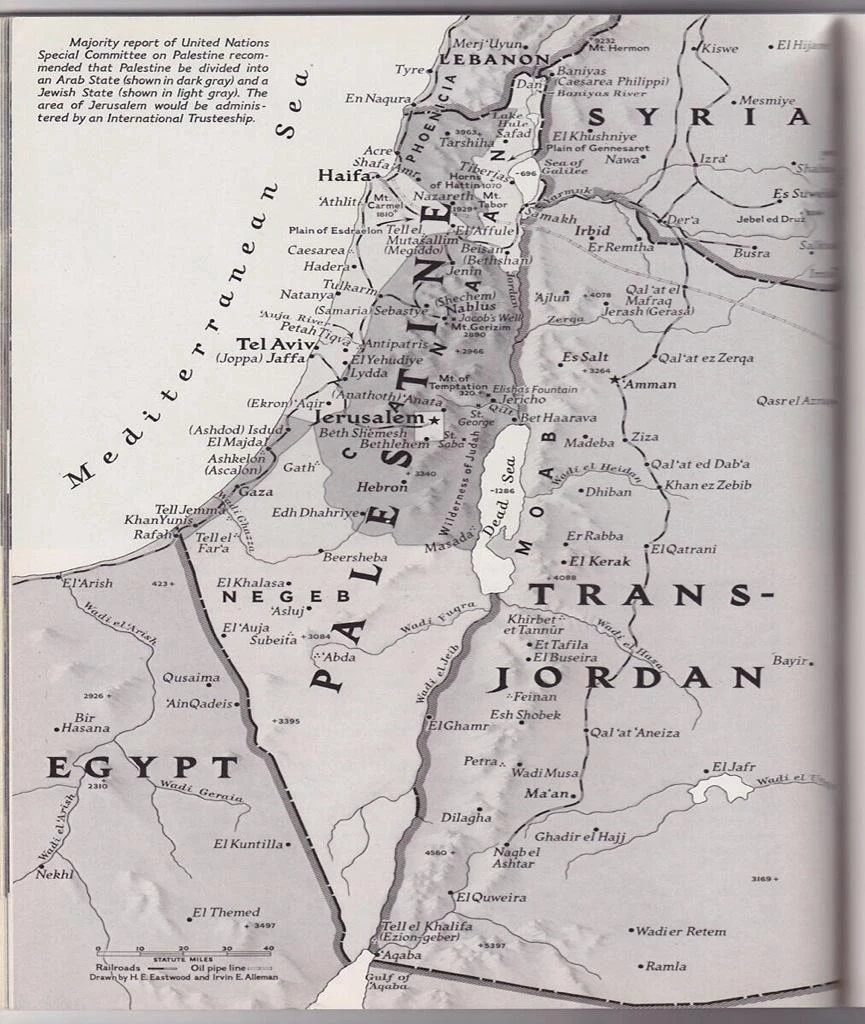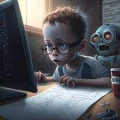The article discusses:
Why the Gaza issue terrified the world
Targeting employees and their families and employing the starvation policy
Media wars between the warring parties
Personal interests taking precedence over public interest
The formation of alliances and organizations
Environmental pollution and the spread of diseases
The use of modern technologies in war and rescue
Women, children, and education amid wars
Why the Gaza issue terrified the world
The devastation, horrors, and human-inflicted catastrophes occurring in Gaza against oneself, others, and the environment, the absence of humanity, the ingenuity in harm, the international silence, the weakness or absence of humanitarian and human rights organizations in providing aid or pressuring to prevent or mitigate violations, and the terror experienced by people, is a justified matter. After all, any ordinary person may be exposed to natural problems or disasters and find no one to assist them. Moreover, if criminal behaviour and violence go unpunished, they may spread within institutions, causing economic collapses and security issues.
Targeting employees and their families and employing the starvation policy
Many are unaware that employees and their families are targeted in various ways and levels to pressure them into achieving certain goals, a practice that occurs across all countries and in all political, security, and financial jobs. The targeting ranges from killing, as exemplified by the extreme form of targeting journalists and their families with smart missiles at their homes and cars, to spreading rumours about employees and casting doubt on them. There are many other forms, such as targeting with drugs, assault or sexual harassment cases, and the use of the starvation policy, which appears in an extreme form as preventing the entry of food, medicine, and financial transfers for individuals in Gaza.
The starvation policy also affects employees, organizations, and individuals in general in other forms, such as stopping services that include preventing travel, freezing bank transactions, and others, preventing some job benefits such as financial incentives that may be higher than the salary to pressure for achieving certain goals.
Media wars between the warring parties
Before the war on Gaza, there was the war on Ukraine, and we witnessed messages of solidarity with Ukraine against Russia on social media platforms. However, with Gaza, content in solidarity with its people was banned, even though the content came from independent individuals. Lies and media deception were also spread from global platforms, involving journalists and politicians in conveying inaccurate news and events about the situation in Gaza, despite the well-known fact that credibility is an essential part of media work.
This also occurs at the level of companies, organizations, and individuals through defamation, spreading lies, character assassination, causing losses to the other party, or undermining market value.
Personal interests taking precedence over public interest
The interests of some countries and politicians are evident in the war on Gaza regarding the entry of aid or some political decisions that may differ from their ethical stance. However, in light of the catastrophic political, economic, and security conditions of some countries, they are compelled to bargain to achieve some gains, such as obtaining financial aid, exemptions, or loans from the World Bank, winning elections, and others. This pattern may also manifest in organizations and companies by preventing the passage of certain administrative decisions between administrative units or organizations for bargaining to obtain some privileges or increase financial resources.
The formation of alliances and organizations
The formation of alliances among countries to confront a powerful country like Russia is natural, but the alliance of countries against Gaza for a group of fighters is strange.
As for the formation of organizations, I used to think that it only happened in the Middle East, but I discovered that they are widespread around the world among Muslims, Christians, Jews, Hindus, etc., based on hatred, racism, and the exclusion of others. They attract children and youth as advocates of war to make them fuel for wars. It is well known that Ukraine is famous for its warplane pilots who fight outside Ukraine, and some have worked for the Israeli army to bomb Gaza, appearing on TV programs and boasting about killing children there. As soon as the war between Russia and Ukraine broke out, military teams from Chechnya were sent to fight in Ukraine.
As for institutions and organizations, they form lobbies and alliances between administrative units and informal organizations to confront organizational conflicts among themselves or achieve gains.
Environmental pollution and the spread of diseases
Amid modern wars, environmental pollution and the spread of diseases are common occurrences. The remnants of weapons and corpses under the rubble, the inability to carry out routine work, street cleaning, waste disposal, and monitoring of water and sanitation cause air, water, and soil pollution, turning the problem into a catastrophe. Hence, chemical weapons have been used. Surprisingly, Ukraine, Gaza, and the Levant region in general are agricultural areas that produce high-quality crops.
As for companies, they may have expired products, products contaminated with heavy metals, or products that do not comply with specifications, as well as manipulation of product information such as the country of production, production date, expiration date, etc.
The use of modern technologies in war and rescue
In Gaza, all modern, smart, primitive, and innovative technologies were used, including highly accurate weapons that hit targets, tracking devices, and innovative devices such as small drones for photography and espionage. Cameras were used to document battles, and primitive methods were employed. I prefer learning primitive methods for emergencies. In case of power outages or natural disasters, non-electronic devices and medical tools such as manual blood pressure monitors, natural childbirth, and others can be used, as well as food storage. It is well known that the Levant region is an agricultural area where people dry food for storage or store it in oil or salt.
In terms of rescue, placing food and medicine in parachutes is a primitive operation, that is not suitable for the millions living in Gaza. A better way is that a few kilometres from the Gaza coast, there are naval fleets that can establish a floating port under the supervision of peacekeeping forces and ships for field treatment, paving the way for building a port in Gaza since its residents abroad cannot visit their families residing there.
In terms of work, an employee may not receive adequate insurance, face medical negligence, experience delays in paying compensation, or lack a safe working environment.
Women, children, and education amid wars
Women and children are the biggest victims of wars due to a lack or absence of healthcare, malnutrition, sleep difficulties or trauma caused by explosions, learning difficulties, the absence of schools or continuous shelling, the destruction of residential, health, and educational buildings, or the imposition of curfews, not to mention female prisoners with their children who are demanded in prisoner exchanges in Gaza.
In employment matters, women may face inequality in salaries and promotions or the inability to obtain leave specific to women and children.
Highlighting some points
Everyone is a loser in war: the civilian victims, the soldiers, and their families.
Ensuring the safety of crops from war pollution and not tampering with the country of production.
The results of war do not appear clearly at its inception but may manifest years later and continue for decades, such as nuclear reactors that pollute the environment and cause psychological problems.
Warning families against their children joining extremist groups.
Not politicizing aid and not interfering with the work of humanitarian and human rights organizations.
Information that used to take years to spread now spreads in seconds and directly from the heart of the event through surveillance and secret photography cameras.
Documentary programs provide a glimpse into a specific period or event, such as World War I and World War II, and about individuals like the life of boxer Muhammad Ali Clay and his refusal to be drafted into the Vietnam War, and what he endured as a result, including imprisonment and being barred from participating in boxing championships. Also, the destruction that befell Hiroshima, Japan, from the atomic bomb, where the viewer feels pained by the horrors of the scene as if present at the time of the bomb's detonation.
The use of global companies in conflicts and wars as a pressure card or providing support, shocked the general public. Clothing, cosmetics, and food companies became involved in the war to support one side over another, leading to questions about the independence and commercial awareness of these companies.
Learning primitive survival methods to coexist with some emergencies, wars, natural disasters, poverty, or effectiveness.
The a fear of specialists and people in general about what is happening in Gaza because, on the battlefields, everything is permissible, including testing new weapons prohibited internationally or psychological warfare techniques, which will be widely used in the future.
Protecting employees from being directly targeted or drawn into organizational conflicts through awareness and laws.
Fueling conflict zones with creative chaos by supporting conflicts between races, ethnicities, and nationalities within a society, turning it into a hotbed for the formation of organizations to target countries and luring them into the trap of conflicts.







-tiny.webp)